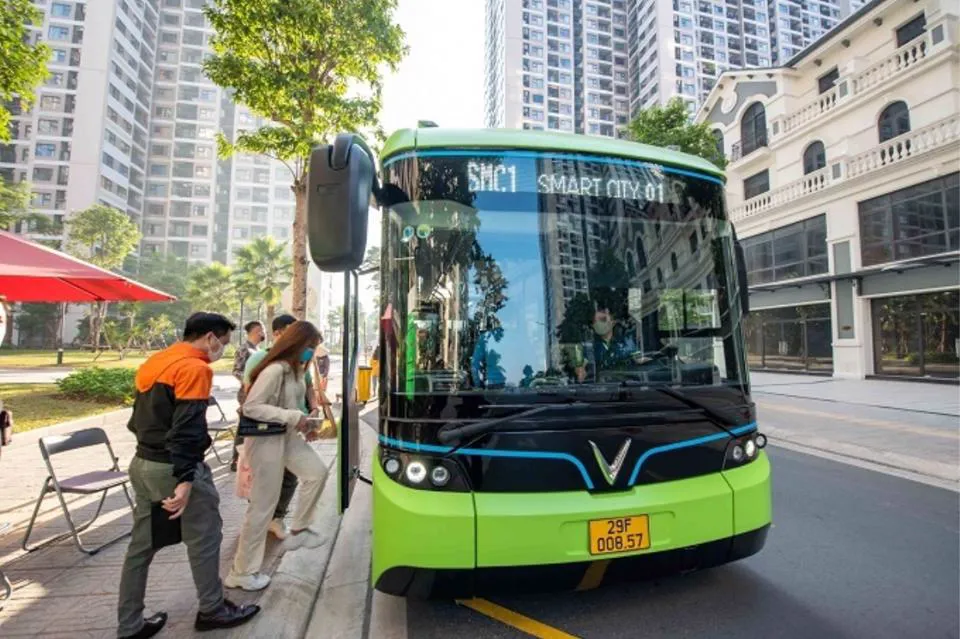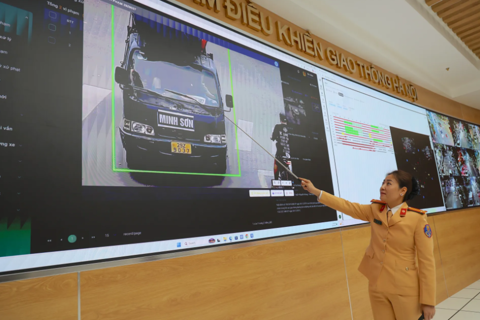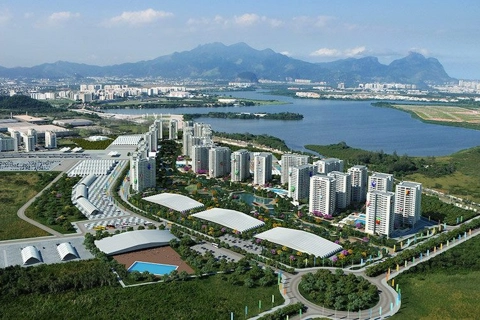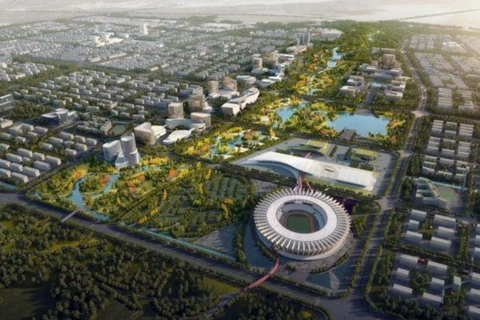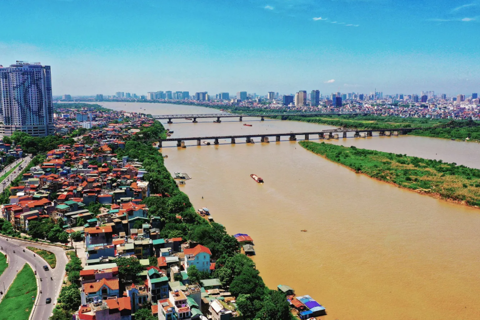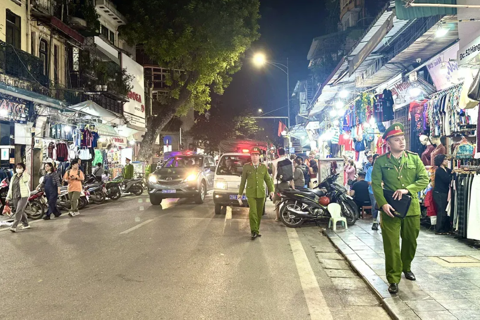Necessities required for Hanoi's “green” bus network
Electric buses will make a difference to improve travel experiences and help transform commuting habits in the community.
Electric buses that run on clean fuel can improve the quality of service to attract people to public transport.
Therefore, there are four prerequisites for developing a "green" bus network, according to Thai Ho Phuong, Deputy Director of the Hanoi Center for Public Traffic Management under the Hanoi Department of Transport.
The first is to redo the bus planning. The general plan of the entire bus network in Hanoi at present is no longer appropriate. With the emergence of the metro and rapid urbanization, the city needs a comprehensive and modern bus scenario.
The second is regulations and technical standards for electric buses and clean energy vehicles. Hanoi needs a new regulatory framework to develop policies for the management and operation of "green" buses.
"The cost of an electric bus can be 2 to 2.5 times higher than that of a diesel bus. With that cost, all depreciation and operating criteria need to be recalculated." Phuong told The Hanoi Times.
Third, there must be specific infrastructure, including charging stations for electric or gas buses. The infrastructure to supply power and fuel to "green" buses is still poor, which is a major challenge for transport units.
People use electric buses in the urban area of Vinhomes Ocean Park, Gia Lam District, Hanoi. Photo: Dang Khoa/The Hanoi Times |
The last condition is the support of the Government and local authorities in raising capital for the initial investment, as well as preferential policies since electric buses are expensive to operate. "The cost savings from switching from diesel to electric buses cannot offset the running cost of electric buses, especially in terms of initial investment and battery replacement cost," Phuong added.
Echoing Phuong, VinBus Transport Services Limited Company’s General Director Nguyen Cong Nhat said that in order to green up the bus network, the Government can support businesses in many different ways such as facilitating access to loans, incentives on interest rates, taxes, among others.
"Only when the government creates a sustainable mechanism can "green" buses be developed, because the resources of the companies are limited. The support of the government and localities does not have to last forever, but it plays a very important role in the initial transition period," Nhat told The Hanoi Times.
As part of the "Action Program for Green Energy Transformation and Reduction of Carbon and Methane Emissions from the Transport Sector" approved by the Vietnamese government on July 22, 2022, Hanoi has set a target for 100% of buses to use clean energy by 2050.
“The orientation of switching to clean energy for buses is correct and needs to be replicated, but there should be a roadmap that is in line with Vietnam’s ability to develop electric energy,” said Phan Le Binh, a transport expert.
For Hanoi, the program has established a specific roadmap: In the period 2025-2030, all buses will use green energy; Hanoi's public transport will carry between 45% and 50% of local commuters. By 2030, 50% of vehicles will use electricity and green energy. By 2050, the rate would be 100%.
Vinbus General Director Nguyen Cong Nhat stressed that if converting the amount of CO2 a tree can absorb in a year, the use of an electric bus is equivalent to planting 3,000 trees. “This is a very valuable number. We will greatly contribute to environmental protection,” he said.
"We believe the electric buses will make a difference, not only improving people's travel experience but also a push to transform the community's commuting habits, thus minimizing air and noise pollution and contributing to green transportation in Hanoi," Nhat told The Hanoi Times.
Previously, VinBus Transport Services Limited Company, a subsidiary of Vietnam's conglomerate Vingroup, launched the nation’s first smart electric bus service in Hanoi on April 8, 2021.
The buses are manufactured and assembled by automaker VinFast at its factory in Hai Phong City, around 120 kilometers from Hanoi.
With a battery capacity of 281 kWh, the bus can travel between 220 and 260 kilometers on a single charge, carrying 68 passengers at a time.
The bus service is part of the company’s aim of developing a modern public transportation system that reduces air and noise pollution in Vietnam’s major cities.

